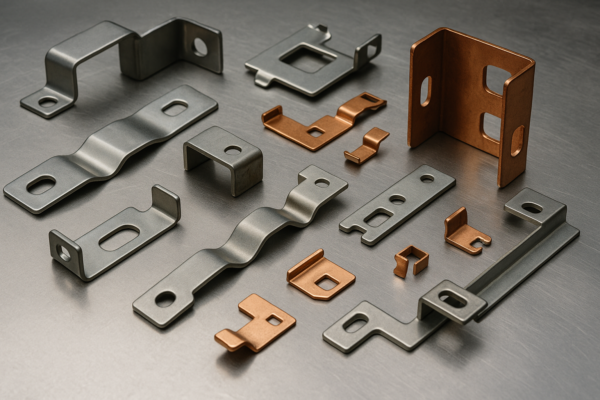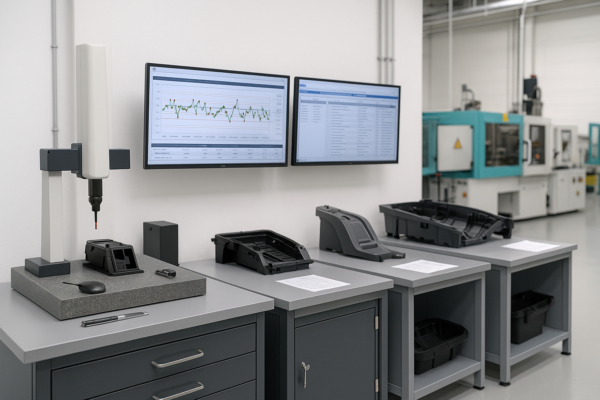What is Single Wall Plastic?

Single wall plastic is a lightweight, cost-effective material used in various industries, but it may not always be the best choice depending on the application. In this article, we’ll take a deeper look at single wall plastic and explore how it compares to other types of plastic, including double wall, to help you make more informed decisions.
Single wall plastic is a type of plastic that features only one layer, offering simplicity and cost savings. It is widely used for packaging and many consumer products due to its versatility, but there are certain situations where other materials like double wall plastic might be more appropriate.
Transition paragraph: Wondering when single wall plastic is the right choice and when you should opt for something more durable? Let’s break down the key differences and understand which applications benefit from single wall plastic.
What’s the difference between single wall and double wall?
Single wall plastic is the more basic option, composed of a single layer of material. In contrast, double wall plastic consists of two layers, offering better durability, insulation, and resistance to wear. Understanding these differences is crucial in selecting the right material for your needs.
Single wall plastic is thinner and more economical than double wall, but double wall offers enhanced durability and insulation. Double wall plastic excels in providing superior strength and thermal protection, which is important for applications that involve temperature-sensitive products or need to withstand heavy handling.
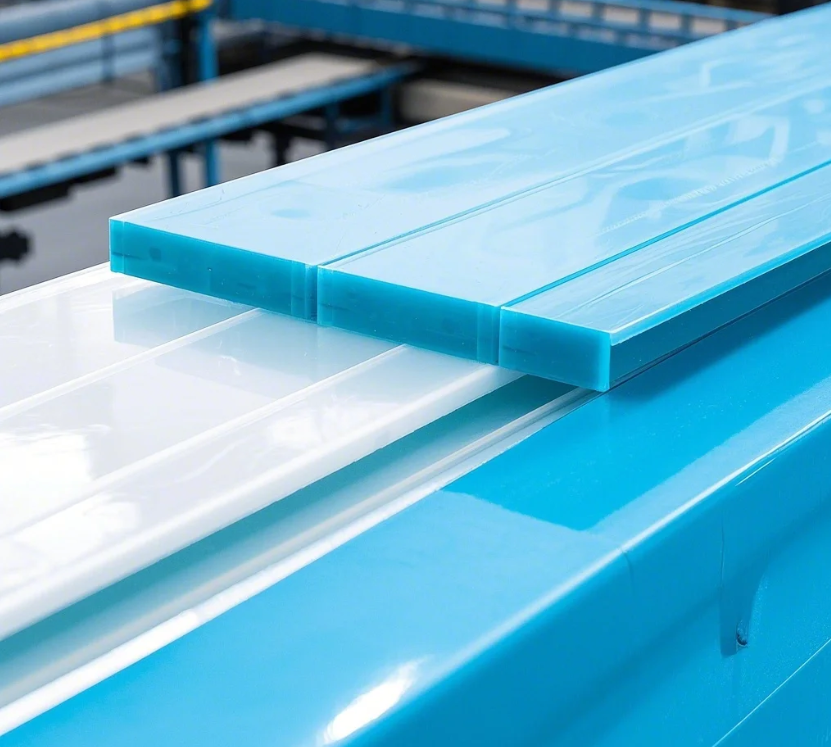
Dive-Deeper paragraph: The key difference between single wall and double wall plastic lies in the structure of the material. Single wall plastic is ideal for budget-conscious projects where durability and insulation are less of a concern. It works perfectly for packaging and disposable items that won’t be subjected to extreme temperatures or significant wear.
On the other hand, double wall plastic is preferred when performance is the priority. For example, double wall plastic is commonly used in food and beverage containers that require insulation, such as coffee cups and takeout containers. The two layers in double wall plastic trap air between them, creating an insulating barrier that helps maintain the temperature of the contents inside.
The Key Advantages of Single Wall Plastic
- Cost-effective: Single wall plastic is much cheaper to produce and purchase than double wall plastic, making it an ideal choice for projects on a budget.
- Lightweight: Single wall plastic is lightweight, which reduces shipping costs and is easier to handle in most scenarios.
- Versatile: It can be used in a wide range of products, from packaging to disposable cups and containers, making it highly adaptable.
The Benefits of Double Wall Plastic
- Better Insulation: Double wall plastic provides much better insulation, keeping hot items hot and cold items cold for longer periods. This makes it ideal for food and beverage packaging.
- Stronger Durability: The extra layer of plastic makes double wall containers more durable and resistant to breakage or deformation, which is crucial for products that will undergo more frequent handling.
- More Comfortable: For items like cups and containers, double wall plastic helps to maintain a comfortable external temperature, preventing the user from feeling the heat or cold from the contents.
| Feature | Single Wall Plastic | Double Wall Plastic |
|---|---|---|
| Cost | Lower | Higher |
| Insulation | Minimal | Excellent |
| Durability | Moderate | High |
| Weight | Light | Heavy |
| Comfort | Basic | High |
As illustrated, the two types of plastic serve different needs. If you are designing packaging for products that are sensitive to temperature or require extra strength, double wall plastic may be the better choice. However, if you are working on a disposable product where cost is the primary factor, single wall plastic is an affordable, practical option.
What is the difference between single wall and double wall cups?
The difference between single wall and double wall cups goes beyond just insulation. While both are designed to hold beverages, double wall cups provide enhanced comfort, temperature control, and durability, making them ideal for hot drinks. Single wall cups, however, are often sufficient for cold beverages and disposable applications.
Single wall cups are suitable for short-term use, while double wall cups provide better heat retention and comfort.
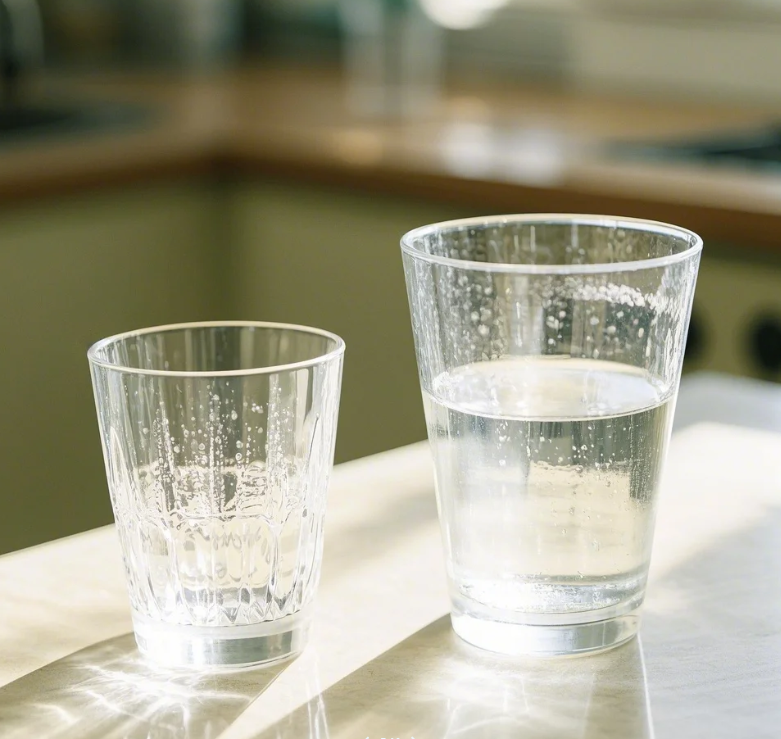
Dive-Deeper paragraph: Single wall cups are typically used for cold beverages such as sodas and water. These cups are light, cost-effective, and convenient for quick service and single-use applications. They’re commonly seen at fast food restaurants, movie theaters, and casual cafes. Since cold beverages don’t require insulation, a single wall cup is more than enough for the job.
On the other hand, double wall cups are designed to retain heat for longer periods, which is why they’re more common for hot drinks like coffee and tea. The two layers of plastic trap air between them, acting as a buffer that helps keep your beverage warm for a longer time. Additionally, double wall cups are more comfortable to hold because the external layer doesn’t heat up, preventing burns or discomfort while drinking.
Which Cup Is Right for Your Needs?
- Single Wall Cups: Best for cold drinks, disposable, and cost-effective for short-term use. These are ideal when you need a lightweight, budget-friendly option.
- Double Wall Cups: Perfect for hot drinks, providing insulation and comfort for extended use. These cups are ideal for coffee shops, cafes, and restaurants that serve hot beverages on a regular basis.
Considerations for Cup Usage
- Single wall cups are widely used in fast food chains and quick-service establishments, where drinks are consumed quickly, and the emphasis is on speed and cost.
- Double wall cups are typically used in coffee shops, high-end cafes, or for specialty beverages, where customers expect their drinks to stay warm for a longer period.
| Cup Type | Use Case | Insulation | Durability |
|---|---|---|---|
| Single Wall | Cold Drinks, Fast Food | Minimal | Moderate |
| Double Wall | Hot Drinks, Coffee Shops | Excellent | High |
While single wall cups are more affordable and suitable for cold drinks, double wall cups provide the added benefit of insulation and comfort for those enjoying hot beverages. Choosing the right cup depends largely on the specific requirements of your business and the type of drinks you’re serving.
What type of plastic is a Starbucks cup?
Starbucks cups are typically made from polypropylene (PP), a versatile plastic that is known for its strength, flexibility, and resistance to cracking. This material is commonly used in food and beverage packaging due to its durability and safety for direct contact with consumables.
Starbucks cups are made from polypropylene, offering durability and being more sustainable compared to other plastics.
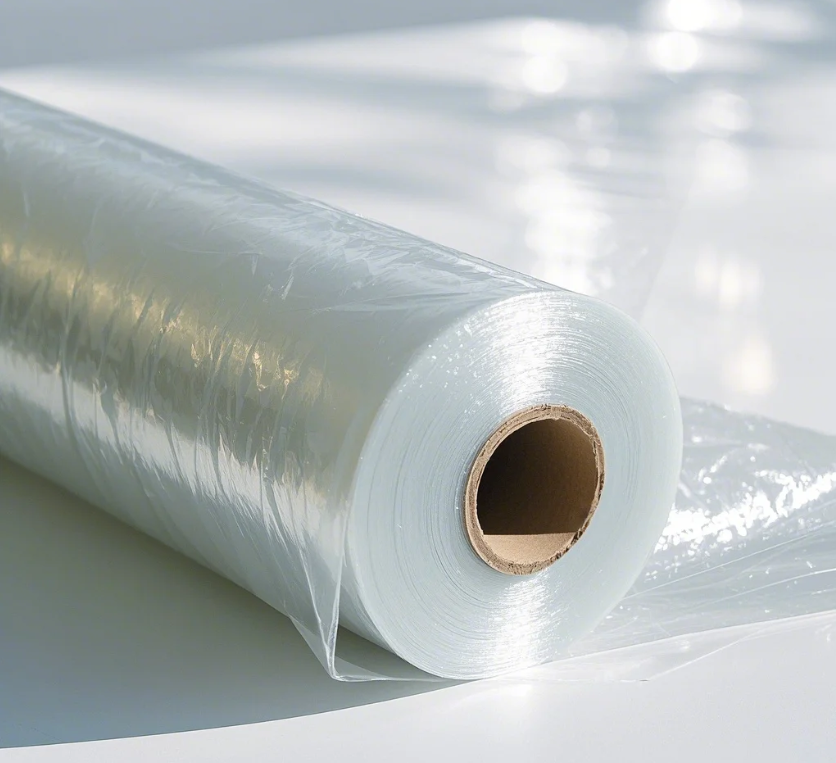
Dive-Deeper paragraph: Polypropylene is an ideal plastic for items like coffee cups because it is resistant to cracking or breaking under normal use. It is also lightweight, which helps reduce shipping costs. Starbucks’ use of polypropylene ensures that their cups can withstand regular handling without compromising the quality or safety of the beverage inside.
An additional benefit of polypropylene is its recyclability. Unlike other plastics, polypropylene can be recycled, which makes it a more sustainable choice for companies like Starbucks that are working to reduce their environmental impact. Starbucks has been focusing on incorporating more sustainable materials into its product line, and many of its cups now feature post-consumer recycled content.
Starbucks has also introduced reusable cups for customers who want to reduce their environmental footprint. By using polypropylene, the company is able to offer cups that are strong, durable, and easier to recycle compared to other plastic alternatives.
Why Choose Polypropylene?
- Durability: Polypropylene is highly resistant to damage, making it an ideal material for cups that are frequently used and handled.
- Sustainability: Polypropylene can be recycled, which reduces its environmental impact compared to non-recyclable plastics like polystyrene.
- Food-safe: Polypropylene is safe for food contact, ensuring that beverages inside Starbucks cups remain safe and uncontaminated.
Starbucks’ Efforts Toward Sustainability
Starbucks has committed to reducing the amount of single-use plastic it uses by investing in reusable cup programs and exploring alternative materials. The company has also pledged to ensure that a higher percentage of its packaging is recyclable, and many of its cups now incorporate recycled materials.
| Plastic Type | Durability | Recyclability | Common Uses |
|---|---|---|---|
| Polypropylene | High | Yes | Drink cups, Food containers |
| Polystyrene | Low | No | Packaging, Food containers |
What is the difference between single wall and double wall rims?
When it comes to plastic cups, the rim is one of the most important structural features. A single wall rim is thinner and less durable, while a double wall rim provides added strength and sealing capability, reducing the chances of cracks and leaks. The rim also plays a role in the overall aesthetics and functionality of the cup.
Double wall rims provide added durability, making them better suited for high-use situations.
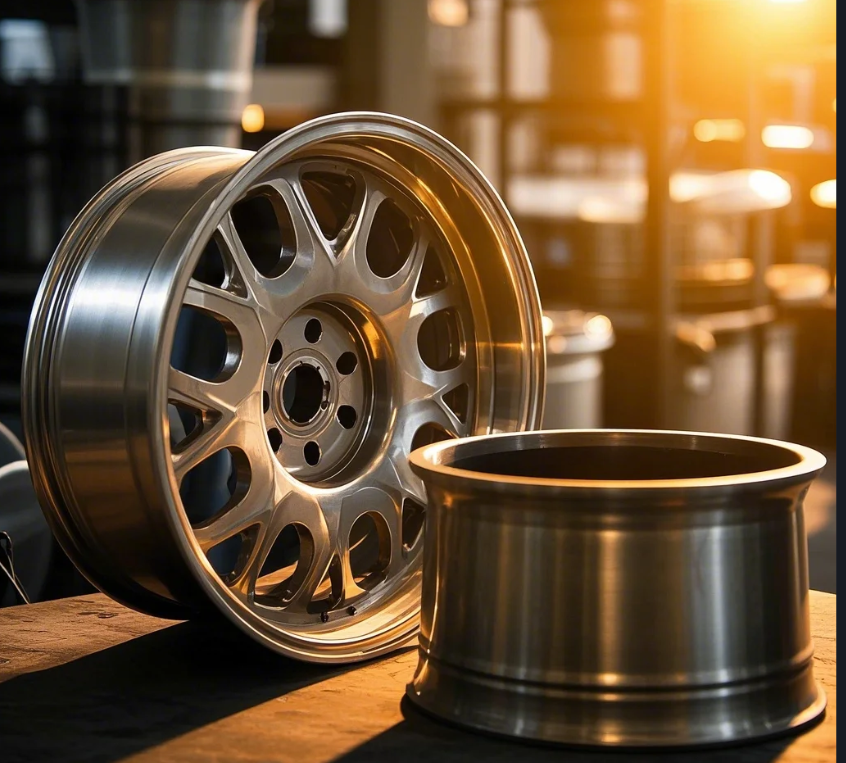
Dive-Deeper paragraph: The rim of a plastic cup or container is where the two layers (or just one in the case of single wall plastic) meet, and this section of the product can experience significant stress during handling. Single wall rims are sufficient for disposable cups used for low-stress applications, such as serving cold beverages at casual events or fast-food chains.
Double wall rims, on the other hand, are built to provide additional strength and support. This extra layer makes the rim more resistant to bending, cracking, or deforming under pressure. Double wall rims are ideal for situations where the cup will be handled frequently or needs to withstand high temperatures without compromising its integrity.
Benefits of Double Wall Rims
- Stronger Structure: Double wall rims prevent deformation, ensuring that the container remains stable and usable.
- Better Sealing: The extra layer helps ensure a more secure seal, reducing the likelihood of leaks, especially in food and beverage containers.
Considerations When Choosing a Rim
- Single Wall Rims: Suitable for disposable cups and low-use scenarios where cost and simplicity are the primary concerns.
- Double Wall Rims: Ideal for applications where the container needs to withstand more rigorous use or where insulation and strength are important.
| Rim Type | Durability | Leak Resistance | Ideal Use |
|---|---|---|---|
| Single Wall | Low | Moderate | Disposable cups |
| Double Wall | High | Excellent | High-traffic use |
By choosing the right rim material, manufacturers can ensure that their cups meet the functional and aesthetic needs of the end-user, whether it’s for disposable products or more durable, reusable ones.
Conclusion
Single wall plastic offers a budget-friendly option, but for applications requiring insulation and durability, double wall materials provide added benefits. Choosing the right material depends on your product’s specific needs and intended use.

